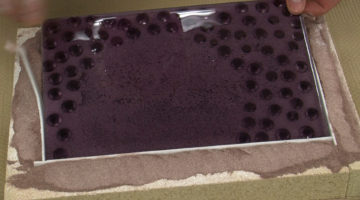
Kilnforming on a Sand Bed L035
This lesson covers the range of textures one can achieve by firing on a sand bed, offering a unique and distinctive design vocabulary.

This lesson covers the range of textures one can achieve by firing on a sand bed, offering a unique and distinctive design vocabulary.
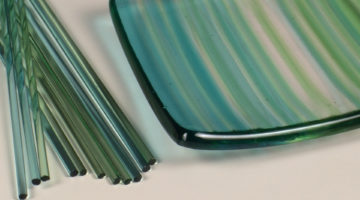
Learn the distinct characteristics of Bullseye rods, their advantages in kilnforming, how to assemble and fire a rod-based project, and ways to combine rods with other forms of glass in the kiln.
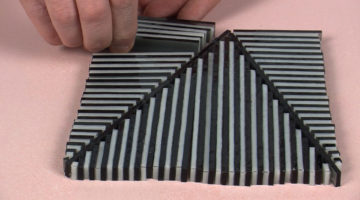
In this lesson you will learn tips for cutting and composing with glass strips, as well as some special effects you can achieve with on-edge construction.
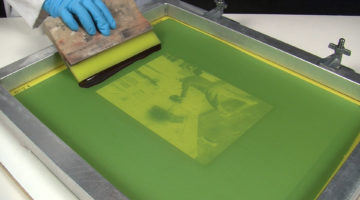
In Part 2 of the lesson, you will learn how to work safely with enamels, print your image onto the glass, fire the glass, and clean up or recycle materials when finished.
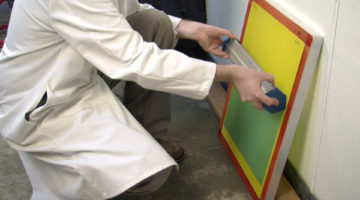
In Part 1 of the lesson, you will learn how to choose a silkscreen and an image for this process and how to prepare the image and fix it to the screen in preparation for printing.
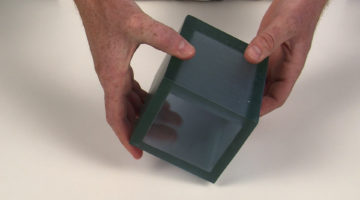
This lesson provides basic instructions for making a thick-walled kilnformed glass container.
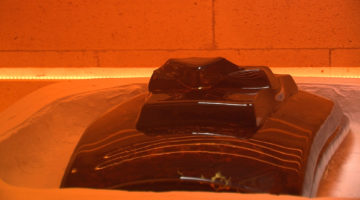
In this lesson, you will learn considerations for preparing a model, tips for making an open-faced mold and calculating the amount of glass needed to fill it.
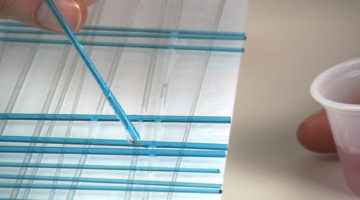
By following these step-by-step instructions you will learn how special colors and effects can be achieved when glass chemistries interact.
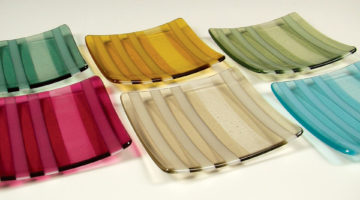
This project is a step-by-step process to create a cleanly designed, fused and slumped plate made with Bullseye tint glasses.
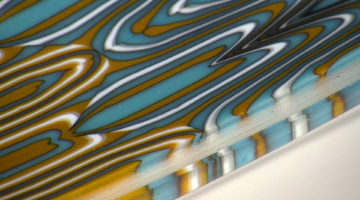
In this lesson you will learn how to make flow slabs and use the cross-sectional pieces to design and create finished work.